There's something that has been a nagging curiosity since soon after I arrived at Kevo. There just are not many different tree species here. Now Fairbanks is not known for its great variety of tree species, especially when compared to somewhere like the east coast of the United States. However, Finland in general simply does not have many tree species at all.
Only Two Conifers…
Finland is home to just two main conifer species. According to a sign in the Pilke, a science center for the state resource management agency (the Metsahallitus), Norway spruce (Picea abies) and Scots pine (Pinus sylvestris) together make up 81% of the trees of Finland. Kevo is too far north for the Norway spruce. The soils here are too poor, and it is too cold. Norway spruce is known as the 'king of the forest' in Finland however, as it is the climax species for the southern forests. Scots pine does grow in the Kevo area, although this is pretty much the northern limit for the species.
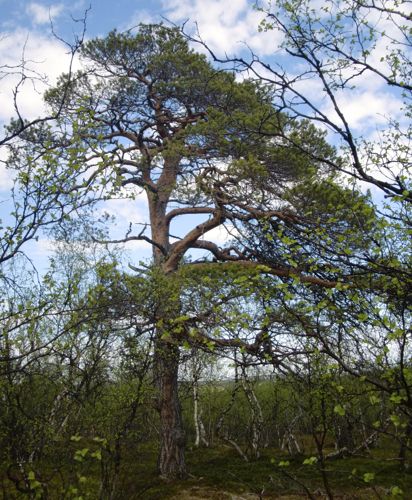
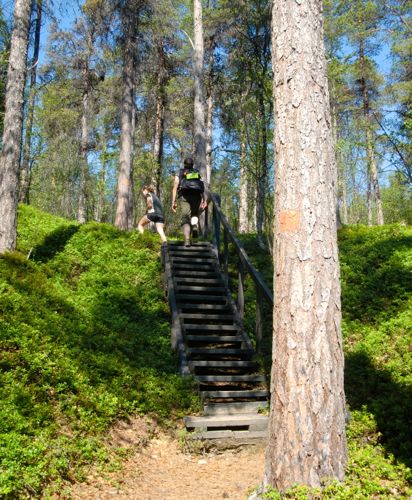
...And One Deciduous Tree
Three species of birch make up the other 19% of Finland's trees. There is the silver birch (Betula pendula), the dwarf birch (Betula nana), and the downy birch (Betula pubescens). The mountain birch is a subspecies of the downy birch (Betula pubescens ssp. czerepanovii).
Both the silver and the downy birch are mainly European species, while the dwarf birch is the same species you will find in many areas of Alaska. In fact, I have tripped over LOTS of dwarf birch while backpacking in the Brooks Range. I have come to call it "not-so-dwarf-birch" because of this!
Around Rovaniemi (a six hour drive south of Kevo) the birch were much taller. I believe they were either silver or downy birch.
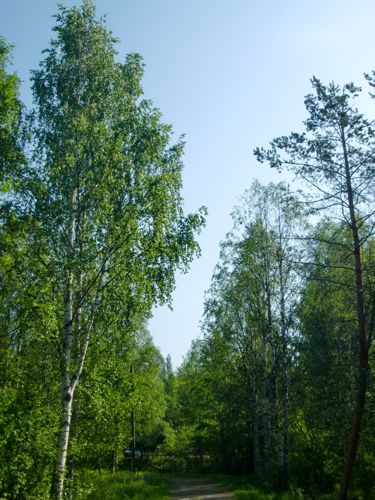
However, around Kevo the mountain birch reigns supreme, with some dwarf birch mixed in.
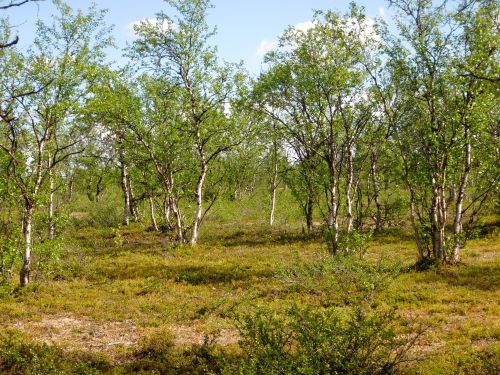
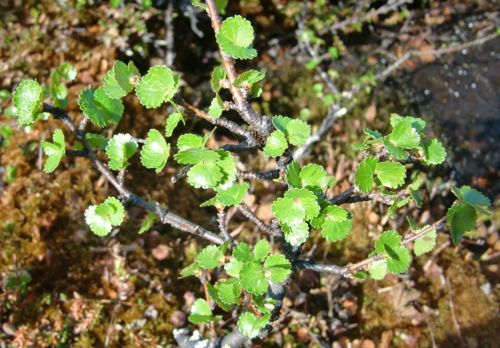
Lumber Industry
The lumber industry is really big in Finland. Wood products abound, and wood is a common heat source, both for homes and for saunas. Most lumber then is Norway spruce or Scots pine … with some birch thrown in. I guess the quantity of good timber trees is what is important, not the diversity of species.
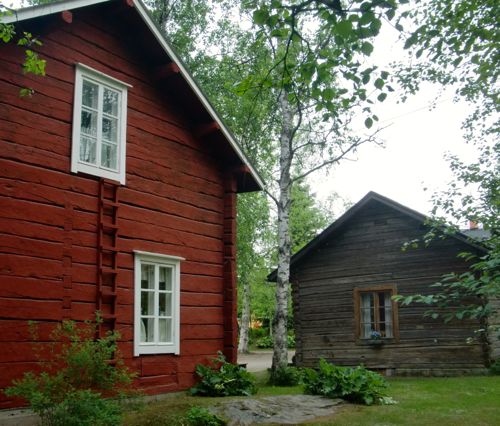
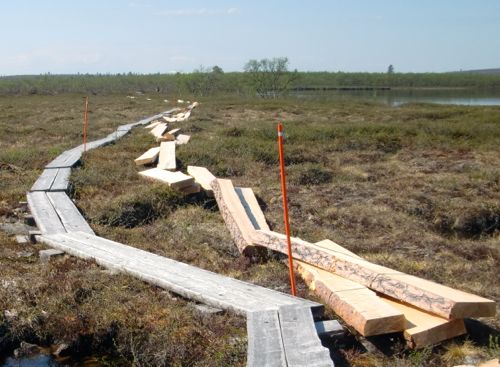
Other species do grow in Finland, there just are not very many of any of them. I have seen some juniper, willow and aspen around Kevo. Elsewhere in Finland you can find some aspen and grey alder.
Kevo Forest Landscape
So looking out across the Kevo landscape, what you see are two species of trees. That's all, just two. Actually, when I first arrived, there only seemed to be one species, the Scots pine.
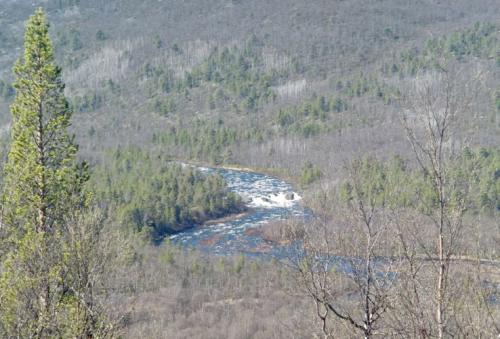
Now however the two species, the Scots pine and the mountain birch really stand out from each other.
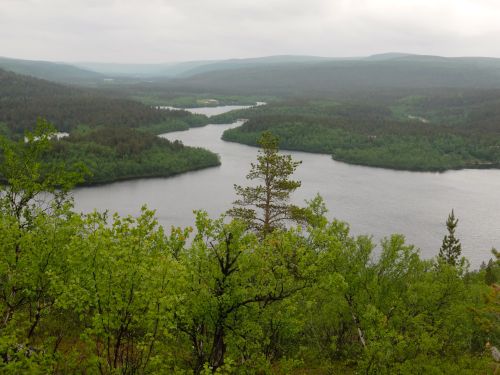
Why no more species than this? Apparently Finland used to have many more species of trees, such as hemlock and redwoods. However, the ice ages caused mass extinctions of trees species in Europe.
In much of Europe, the major mountain ranges run east-west. As the ice retreated, tree species did not re-colonize northwards as they could not simply jump back up and over the mountain ranges.
North America had the same ice ages, but trees species there rebounded. Think about the major mountain ranges in North America: they mostly run north-south. The ice advanced from and retreated back to the north. Tree species could move back, following the retreating ice in the areas between the mountain ranges.
This is why a greater diversity of tree species was preserved on the North American continent than in Europe, including Finland.
It all comes back to geologic processes!


Comments